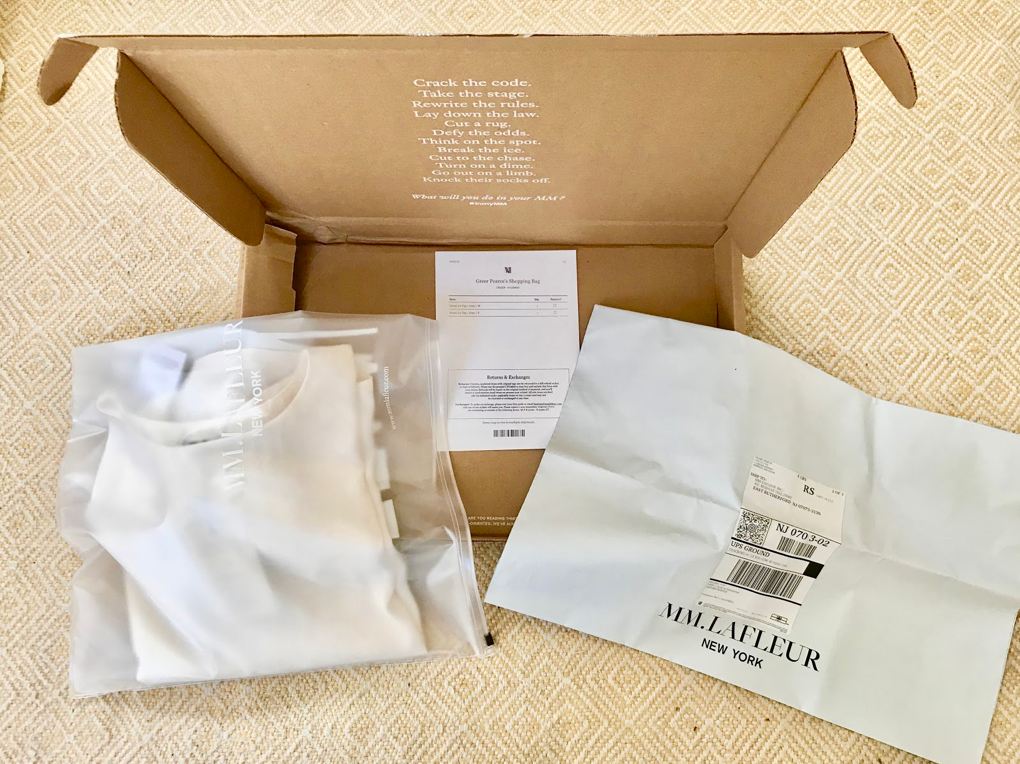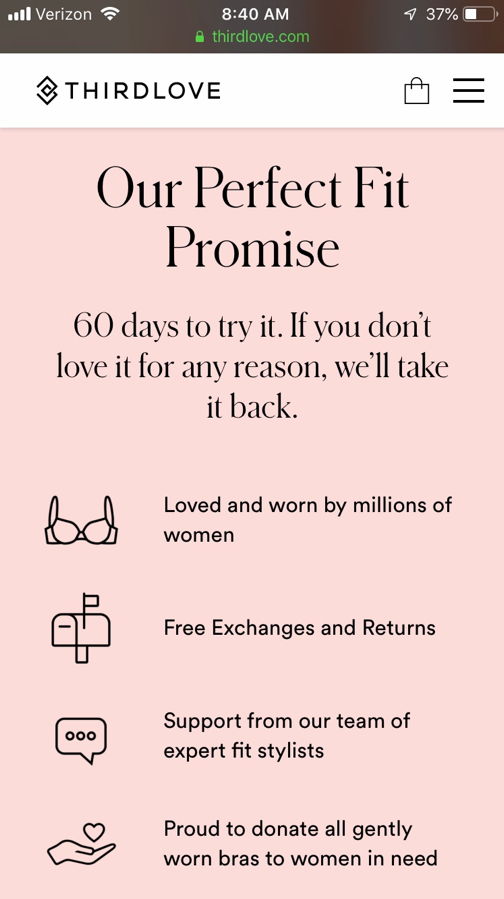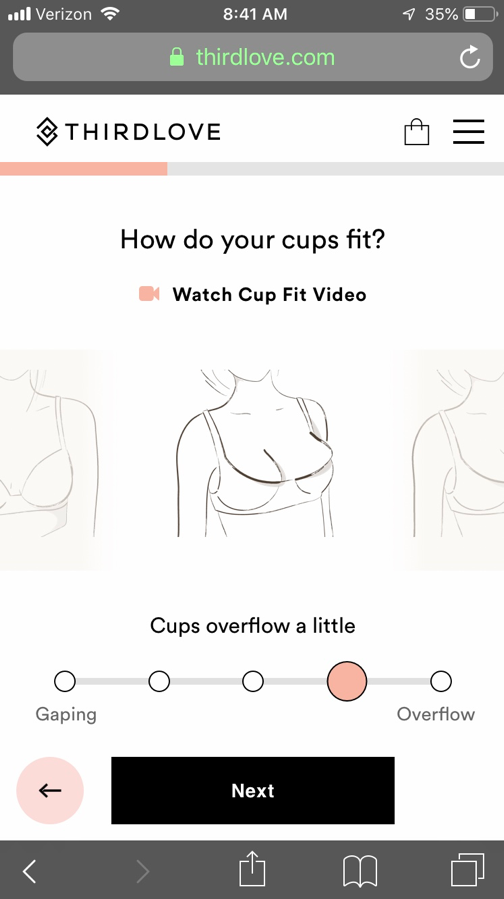Confession: I am a Fitting Roomer. I read this fashion industry term recently in a swirl of shame as the article identified my exact online shopping behavior: buying multiple sizes in an item with the intent to try them on at home, keep the one that fits, and return the others. My entire spring/summer wardrobe was purchased online, with at least 50% returned. I could hear the fashion execs whispering tsk tsk in my ear, admonishing me for what some have called the ticking time bomb of costly retail returns. Apparently we Fitting Roomers are terrible for the bottom line. We’re taking advantage of the system. Amazon has even banned the most extreme habitual returners, identifying us as bad for business.
Except we’re not. E-commerce fashion is a $545 billion industry and growing. This growth is fueled by convenience including the ability to return: 88% of online shoppers appreciate shopping day or night and easily finding products. And free shipping and returns are the top factors making people more likely to shop online. Without a good shipping and return policy, retailers lose a huge chunk of sales.
Because here’s the thing. Shopping for clothes online isn’t like shopping for other goods. It’s not just the quality that matters, or that items are true to their online representation. You may receive a beautiful blouse in the mail that every bit lives up to its description and photo, but when you put it on you happen to look more frumpy than sophisticated. Those amazingly edgy, high quality jeans might be the epitome of your personal style, but they also just might squeeze you in all the wrong places. The top two reasons for online returns are “size too small,” and “size too large.”
In other words, a key part of what drives apparel purchase is how the clothes fit on your body. It’s why every brick-and-mortar retail location has dressing rooms. With clothes, you need to try before you buy.
So when considering the state of online returns, retailers are making one fatal mistake. They’re thinking of online returns as a follow-up to the buying process, when in fact they’re part of the shopping process. We Fitting Roomers don’t think of paying for multiple sizes online as akin to buying and returning. We think of it as a sort of refundable deposit to try on clothes we haven’t committed to yet.
Fitting Roomers aren’t taking advantage of the system. They’re showing brands what an online shopping process looks like when you need to try before you buy.
Andrew Bowden, Sr. Manager of Product Marketing at TradeGecko, an inventory management software company, understands that for brands to avoid getting gouged by growing customer return habits, they need to think of it as part of the larger experience. “The most important question to ask when assessing your reverse logistics process,” he recently told Shopify, “is whether or not you’re designing and optimizing the experience for the customer or your business — ideally it’s a mix of both. When in doubt, default to the customer.”
Instead of punishing or dissuading the shopping behavior of fitting rooming, why not embrace it? What would the online retail customer experience look like if we shift the way we think of fitting rooming from a “return” to a “try-on?”
Some are already doing this. Digitally native direct-to-consumer brands like ThirdLove and MM La Fleur have redefined the experience to embrace how the need to try on shapes a shopping journey. ThirdLove is so focused on fit, they incorporate an in-depth fit quiz before purchase and let customers return bras even after they’ve already been worn and put through the laundry. While I was trying on my new bra at home, I texted with a ThirdLove “Fit Stylist” for a new size recommendation. When I needed a new style, she provided the most seamless repackaging/shipping logistics I’ve encountered. Knowing this, I’m guessing they have an air-tight reverse logistics process built for efficiency and minimal cost, too. Over the last six months I’ve returned two bras. But I’ve kept five – and become a serial repeat customer. That’s a big deal when repeat purchases are the aim of a whopping 83% of shopping journeys.



Digitally native DTC brands like MM La Fleur and ThirdLove build their retail customer experience to accommodate the need to find the perfect fit.
It’s the more traditional retail brands that haven’t quite figured this out yet. Their struggle with the cost of returns leaves you guessing on how an item looks on a real body, receiving multiple packages that can’t be re-used, being charged extra fees, and printing labels.
These brands look at Fitting Roomers as a problem to be combatted, but brands and customers both win if we shift how we perceive the role of returns in the online shopping journey. Because at the end of the day, we Fitting Roomers are not serial returners. We’re just online shoppers.
Greer Pearce, VP of Strategy
AMP is on a quest to humanize the total customer experience. This article is a part of AMP’s Customer Experience deep-dive series, where we take a first person approach to understanding the modern shopping experience.
Dive deeper into optimizing your online product pages and customer journey. Learn more about what our E-commerce Agency can do for your brand.



